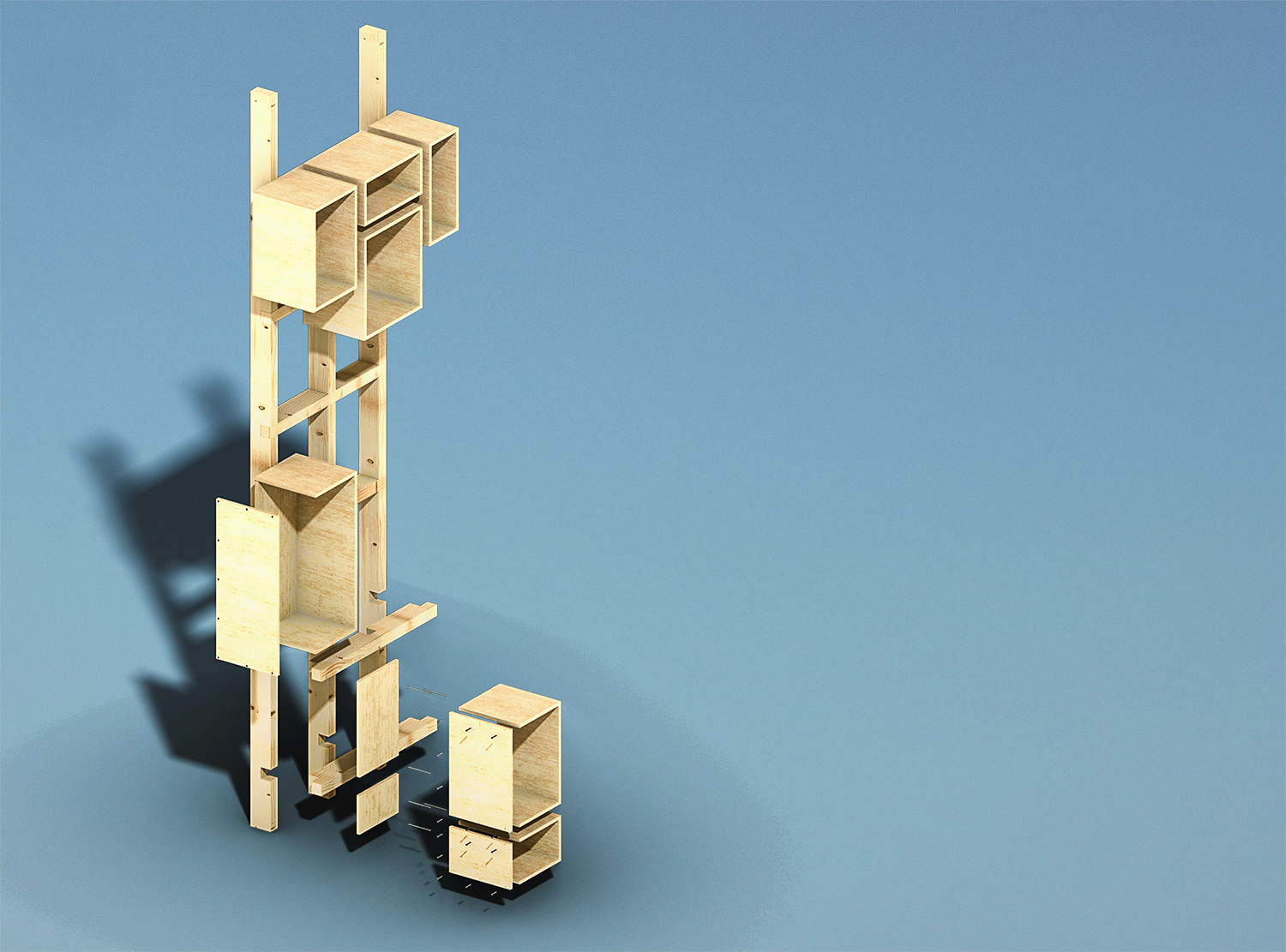aho - scarcity and creativity studio - COMPETITION
Cabinet of curiosities, x-change
The pavilion is a homage to Virserum’s past and present.
The project is based on two concepts: Cabinet of Curiosities and Material Culture. It proposes a cabinet of curiosities as a means to display Virserum’s culture.
We propose two means of displaying Virserum’s material culture. The architecture of the pavilion conveys Virserums historical raison d’être: forestry, timber, and craftsmanship. The displays inside the pavilion convey Virserum’s current culture.
The pavilion works as a product exchange. Virserum’s residents are invited to contribute objects they are willing to part with to be displayed in the pavilion, and at the same time can take with them objects that they need or desire. In this manner, the pavilion would be a constantly changing display of the current material culture of Virserum.
Cabinets of Curiosities were small collections of extraordinary objects which were precursors of today’s museums, and attempted to categorise and tell stories about the wonders and oddities of the natural world. Wonder Rooms first began to appear in the homes of royalty and the aristocrats in 16th century Europe, an era of exploration and discovery, in both an intellectual and a physical sense. The ‘wunderkammern’ were intended to encapsulate the wonders of the world. The collections were organised to work as plays or stories, representing particular themes or ideas, and were, on occasion, open to friends and the general public.
Material culture is the physical manifestation of a social reality which is grounded in the objects and architecture that surround people. Material cultural is constituted by objects that humans use to survive, define social relationships, represent facets of identity, or reflect people’s state of mind, social, or economic standing. Objects both shape and represent knowledge. Each object is a fragment of knowledge and a collective of objects embody coherent patterns of knowledge. Objects are loaded with particular symbolic meanings that allow people inside a culture to ‘read’ them.
‘Virserum is forest. Virserum is wood.’ These are the words of the former director of Virserum Art Museum, Henrik Teleman, in his introduction to the book Om vi vill. The origins of Virserum are closely connected to the forest that surrounds it and the material that comes from it. During the industrial revolution, the area around Virserum became a centre for furniture production. The people became skilled in wood crafts and they had good access to water power. Small workshops expanded and became large companies so that in the 1950s there were over 40 furniture factories in the town. The demise of these workshops occurred during 1970s but their memory is still an important component of local identity.
Immigration. During the last few years there has been a large increase in immigrants settling in Virserum. These are mostly Syrian refugees who have chosen to stay in Virserum after gaining Swedish citizenship. Syrians in Virserum have created their own community within the community. There is also an increasing immigration of German, Danish and Dutch people who often buy empty houses and use them for holidays. Some move in for extended periods during the summer and others move in permanently.
The project, entirely built of timber, is a ‘cabinet’ in the original sense of the word, which referred to a room rather than to a piece of furniture.
The pavilion consists of a cube of 5 x 5 x 3.5 meters. The outermost wall layer is made up of louvers that act as a rain screen. Between the louvers are narrow, tall, vertical glazed openings that hint at the contents inside, but do not fully reveal them. The entrance door is the only element that protrudes from the main components of the facade.
Freestanding inside you find a series of tree trunks that branch out at ceiling level to hold up the glazed roof.
Aino Hakulinen, Julien Palisse, Thomas Barouh, Alexander Karim Tamer Minge Salim, Drenusha Blakcori, Silje Charlotte Damhaug, Olav Bog Vikane, Saimi Inkeri Järvinen, Clemens Pörtner, Mar Bartolomé Narbón, Angel Andres Fernandez, Iga Maselkowska, Anne Sofie Solberg, Albert Parera Sánchez, Maria Tarruella i Serra, Mathilde Grindland, Pia Straumsnes Tangen, Christian Hermansen, Jan Kazimierz Godzimirski








